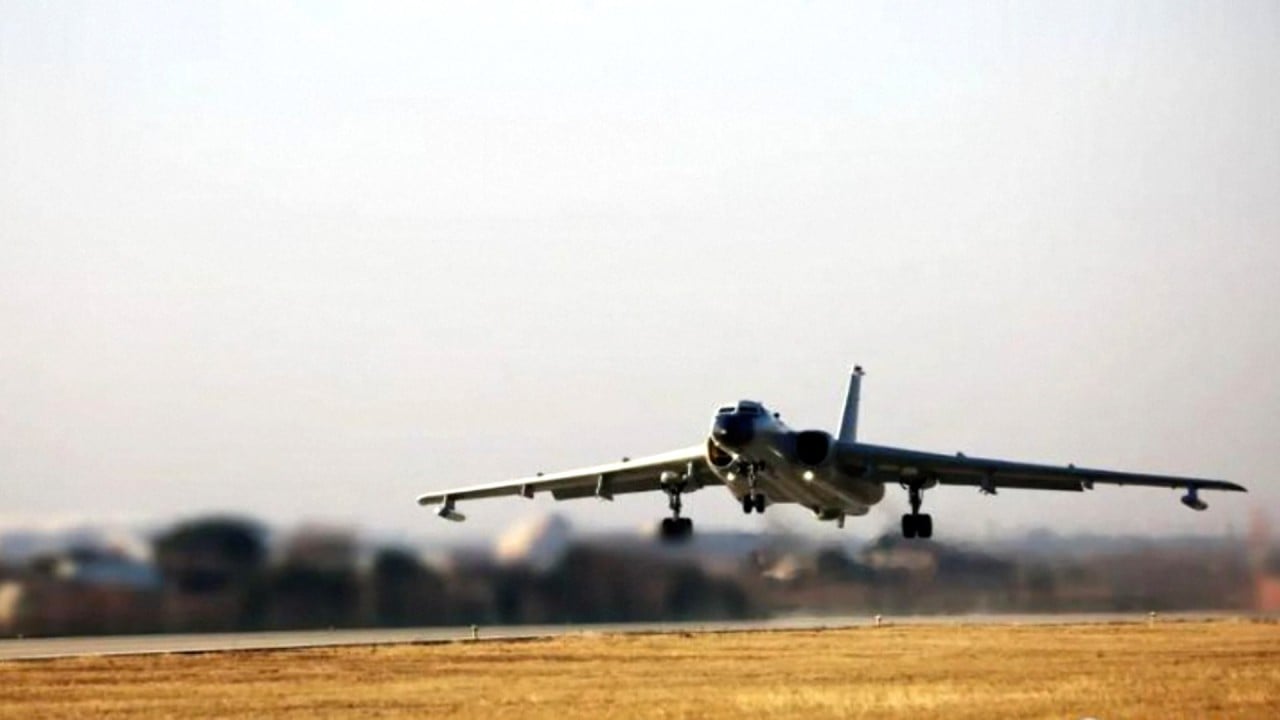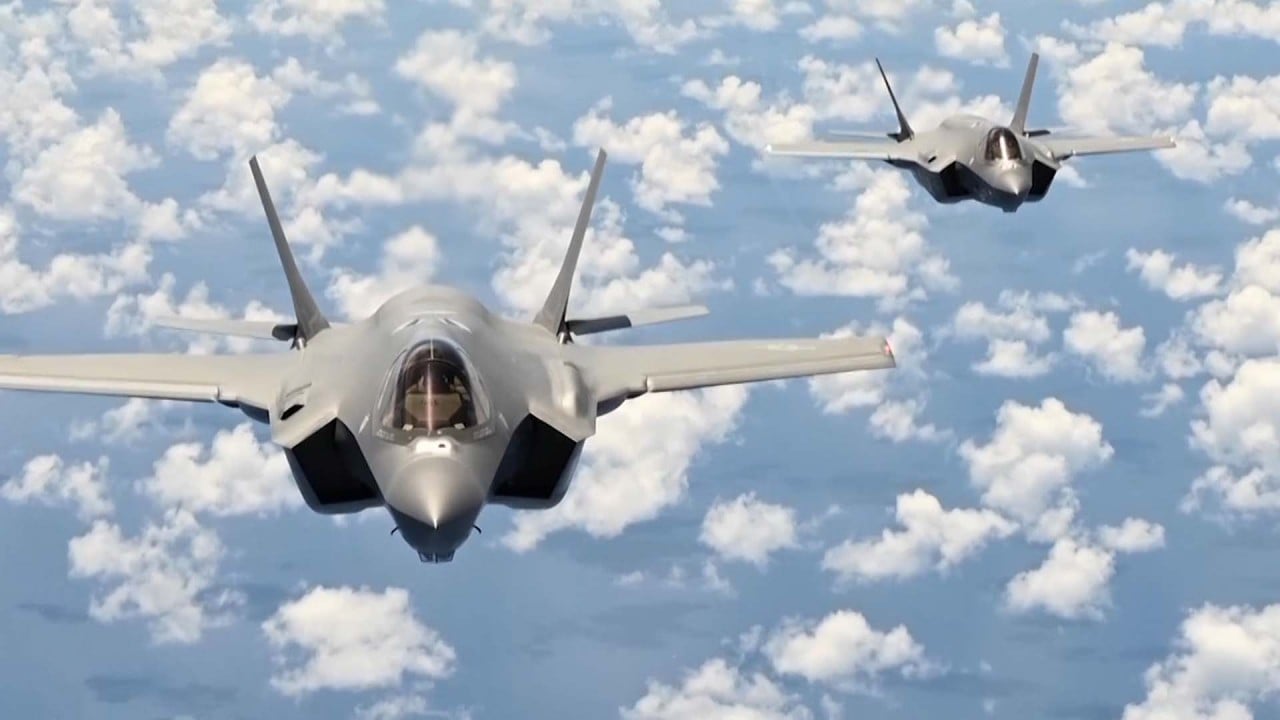
The H-6K is considered a strategic bomber, and designed for long-range and stand-off attacks. It can carry nuclear weapons, and is held up as being capable of attacking US carrier battle groups in the Pacific.
Daily exercises had become routine for this bomber division, the PLA Daily report revealed.
China’s largest military transport aircraft, the Y-20, was also part of a new year’s exercise by the air force, according to its social media account, which did not identify the unit.
“Recently, several military transport planes of a squadron of the air force took off one after another to carry out multi-aircraft and multi-echelon cross-region [simulated combat] manoeuvres, setting a high standard for the new year’s training,” read a January 5 post on the webpage of the Kong Jun Zai Xian, or “Air Force Online”.
Less advanced planes than the J-20 fighters and H-6K bombers were deployed in new year drills by other air force units.
These included the J-16 and J-10, according to media reports and social media posts from official accounts affiliated with the Chinese military.
The PLA has a tradition of staging special training exercises in early January, a practice aimed at renewed mobilisation to boost morale and instil fresh confidence among service members in the new year.
However, more advanced warplanes were deployed in the recent drills compared to previous new year’s editions, while such combat exercises have also become a more routine affair.
According to former PLA instructor Song Zhongping, the deployment of more advanced aircraft demonstrates that the Chinese air force has achieved a higher level of combat readiness.
“Only after these aircraft, such as the J-20, have been trained extensively and become combat ready can they be integrated into the military’s strike capabilities,” Song said.
“It involves a gradual process, as the military incorporates an increasing number of weapons with improved functions each year.”
However, training exercises are not enough, according to Zhou Chenming, a researcher from the Yuan Wang military science and technology think tank in Beijing.
“In the past, the Chinese air force relied on anti-air missiles and fighters to attack and intercept enemy planes. But now, in the new strategic environment, it is necessary to build a strike system with bombers as the core to deter hostile forces,” Zhou said.
“What’s more, it is imperative to strengthen the air force’s confrontational ability in a complex electromagnetic environment.”
The Chinese military has been undergoing extensive reforms since late 2012, and an overall reform plan was approved in 2015. In the years since, the combat capacity of the PLA Air Force has developed substantially.
It is seen to be fast catching up with Western peers as it continues to modernise with the help of new domestically built hi-tech aircraft and a wide range of drones.
The China Military Power report published by the US Defence Department last year said the Chinese air force, with more than 2,800 aircraft, was the biggest in the region and the third largest in the world.




